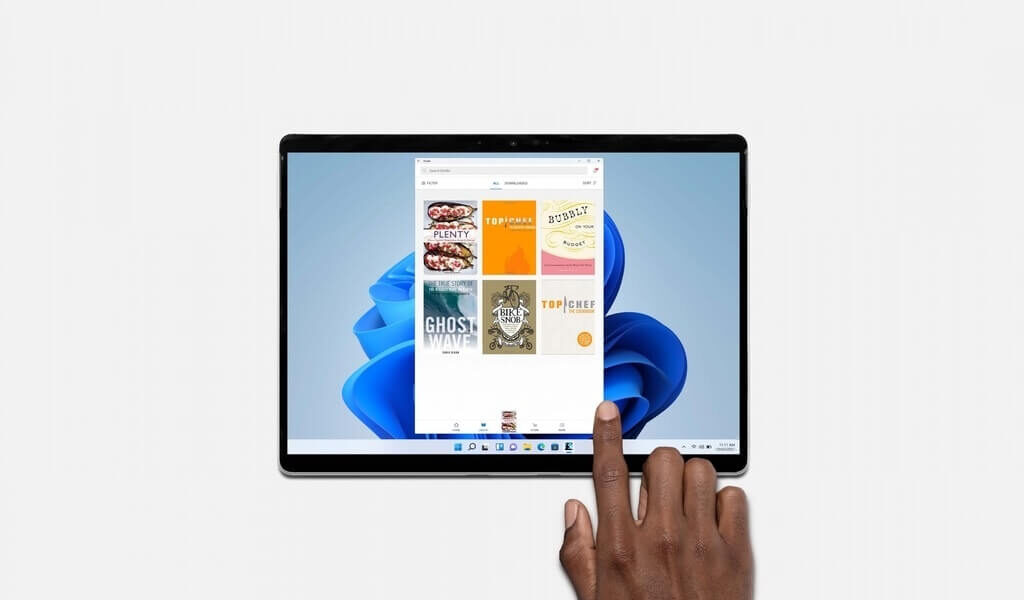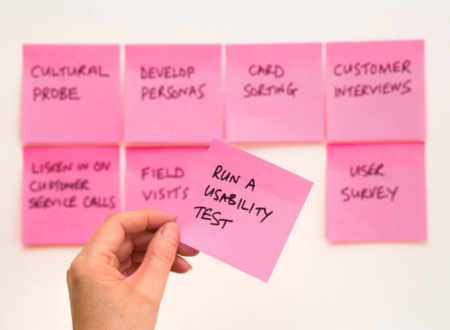Running Android Apps on Windows 11 Will Be Supported According to Microsoft

Earlier this year, during Microsoft’s official Windows 11 unveiling event, the company detailed many visual and productivity changes coming to the newest release of the desktop operating system. As a surprise announcement, they announced that they are making it possible to install and run Android apps on Windows 11 through the store. This will be made possible through a partnership with the Amazon Appstore.
While we don’t know all the technical details yet, Microsoft shared that they developed a “Windows Subsystem for Android” (WSA) that’s similar to the “Windows Subsystem for Linux” already present in the current version of Windows.
This happened during the developer keynote, where they also shared that Apps will appear in a top-level window where they can be pinned to the start menu, resized, snapped, and generally managed like any native Windows app. The developers also stated that Windows 11 creates a proxy native app “behind the scenes” that handles the bridge between the Android app model and the Windows app model.
How will you be able to run Android apps on Windows 11?
To enable smooth user experiences, Microsoft developers are introducing a new component on top of Windows 11 called the Windows Subsystem for Android, which powers the Amazon Appstore and its catalog.
The Subsystem includes the Linux kernel (which was already available on earlier versions of Windows) and the Android OS, based on the Android Open Source Project (AOSP) version 11. It will be distributed through the Microsoft Store as part of the Amazon Appstore install, which will allow users to stay updated over time as we continue to add support for more APIs, capabilities, and scenarios.
The new Android Subsystem will run in a Hyper-V Virtual Machine, like the Windows Subsystem for Linux. It understands how to map the runtime and APIs of apps in the AOSP environment to the Windows graphic layer, the memory buffers, the input modes, the physical and virtual devices, and the sensors.

Amazon Appstore Preview
According to the official Windows Blog: “Running Android apps and games on Windows 11 will feel familiar, effortless, and integrated – just as you would expect. You can easily run these apps side-by-side with the help of the new Snap Layouts feature, pin them to your Start menu or Taskbar, and interact with them via mouse, touch, or pen input. Android apps are also integrated into Alt + Tab and Task view to help you quickly move back-and-forth between the apps that matter most to you.”

Users will also be able to see notifications from Android apps or share their clipboard between a Windows app and an Android app.
Are there any concerns?
While this is exciting news for the Android app developer community, there are still a number of concerns with this news. The first one is hardware compatibility. We are still waiting for an official confirmation about which Intel-powered processors will support Android apps. This hasn’t happened yet, although Intel made a statement that they “expect to deliver the broadest range of computing experiences for Windows 11 this year.”
The other concern with this news is that there are many more apps available through Amazon’s Appstore compared to the number available through Google’s Play Store. There is a possibility that certain apps will hit errors on desktop due to the lack of Google Play Services. Hopefully this won’t be too much of a problem, though, since many apps submitted to the Amazon Appstore are already made with this in mind.
It also adds to the clunkyness that you’ll have to first download and sign into the Amazon Appstore app before you can download Android apps from the Microsoft Store. Let’s hope that Microsoft improves this process later.
Summary
Being able to run Android apps on Windows, one of the most popular desktop operating systems, is very exciting news for developers. While this was already possible to a certain degree through emulators, making apps accessible through the official Microsoft Store opens them up to a much wider audience. Businesses and startups that are shipping mobile products to Android devices will now have the opportunity to reach a wider user base thanks to this new development.
We are excited to see what this will mean for Android app development projects in the future.



